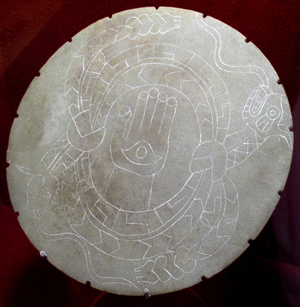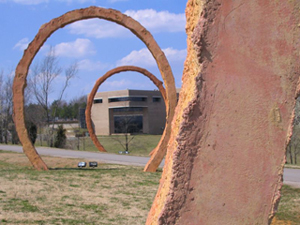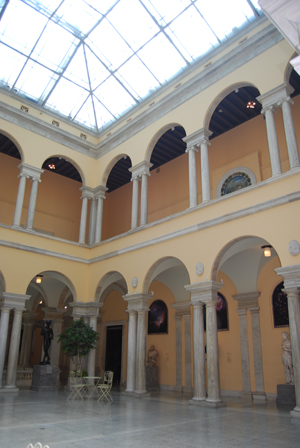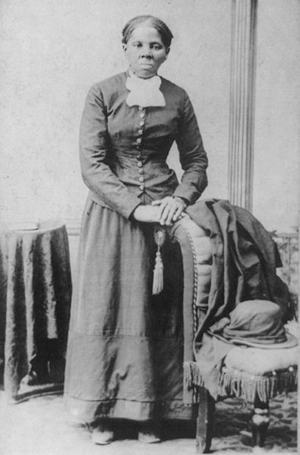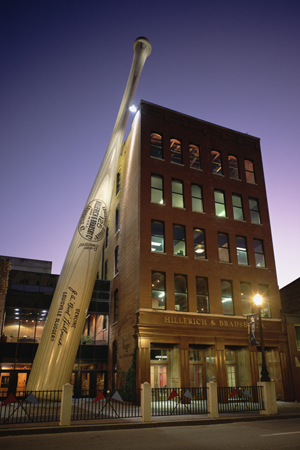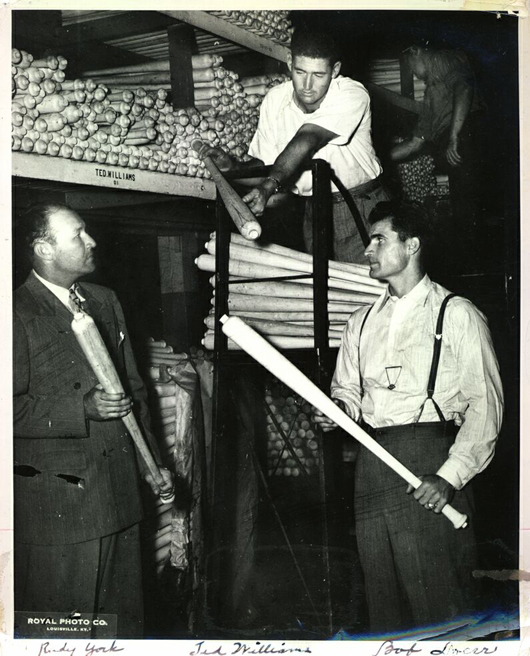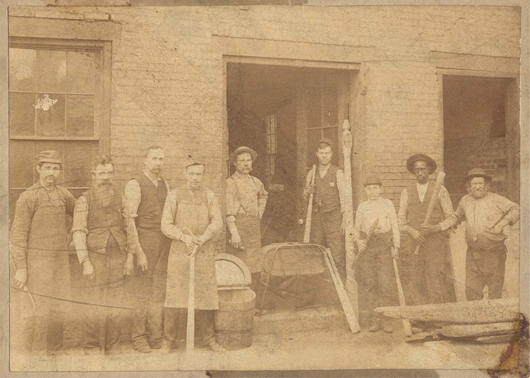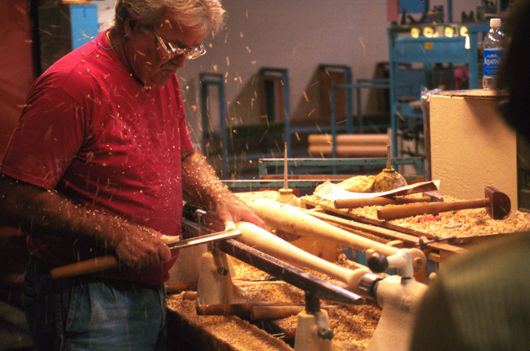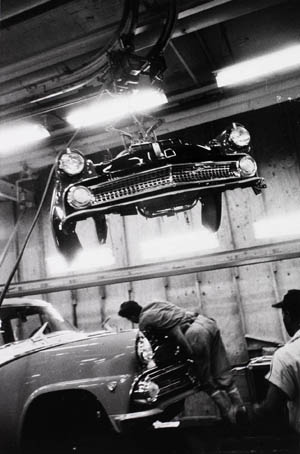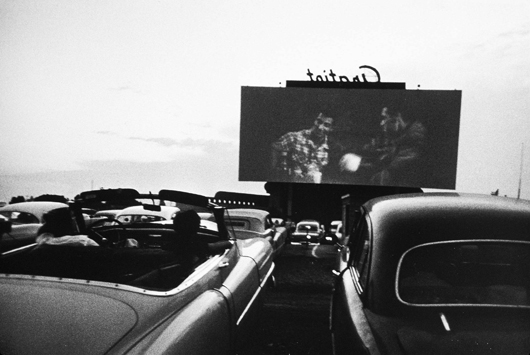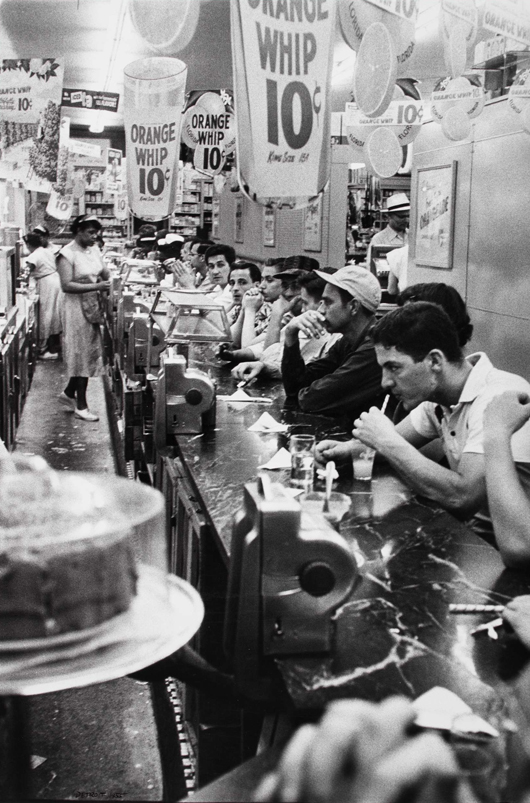NEW YORK (AP) – Pablo Picasso fans, rejoice.
The Metropolitan Museum of Art will soon be exhibiting its complete holdings of the Spanish artist’s paintings, drawings, sculptures and ceramics, plus 200 works on paper. And auction powerhouses Sotheby’s and Christie’s are offering two rare Picassos in early May not seen on the art market in decades. One could surpass the current $104.17 million record.
The expansive Picasso exhibit, starting April 27, will be a first for the museum. It will include The Actor, which underwent conservation after being accidentally damaged at the Met in January.
In preparation, conservators used X-rays and infrared reflectography to closely examine all of the museum’s Picasso paintings and discovered that he more frequently painted over other paintings than originally thought, said exhibition curator Gary Tinterow. The practice, known to art specialists, is not widely familiar to the public.
All the compositions in the exhibition “show traces of revision and correction,” he said. Some have earlier works by Picasso underneath while others are painted over the works of other artists.
In creating La Coiffure, for instance, Picasso painted over at least four compositions and several beginnings of compositions, said Tinterow.
The practice saved Picasso money “at a time when he was very poor … when he wasn’t selling very much,” added Tinterow.
In the case of The Actor,” which depicts an acrobat posed dramatically against an abstract background, the museum discovered that Picasso had painted the image on the back of a previously painted canvas after covering the earlier work with heavy paint. The painting on the reverse side appears to be a landscape and could have been painted by him or another artist.
The 1904-1905 oil underwent conservation after sustaining a 6-inch gash in the lower right-hand corner when a museum visitor lost her balance and fell on it.
The Met exhibition, comprising 34 paintings, 58 drawings and 12 sculptures and ceramics, represents every period of Picasso’s long career – from his self-portrait Yo, made when he was 19 years old to Standing Nude and Seated Musketeer when he was 87. Highlights also include the famous 1906 portrait of Gertrude Stein, which was a bequest from the American writer in 1946 and the Met’s first Picasso acquisition.
Hundreds of Picasso’s works on paper, which have rarely, if ever, been shown at the museum, will be part of the exhibit. And a video of nine Picasso paintings will demonstrate how the artist revised his compositions, styles and themes in reworking specific paintings.
The exhibition could help draw even more attention to Christie’s and Sotheby’s sales.
The two paintings have an impeccable provenance, one belonging to President John F. Kennedy’s sister, Patricia Kennedy Lawford, and the other to California art patron Frances Lasker Brody.
Nude, Green Leaves and Bust, a striking 1932 painting of Picasso’s mistress Marie-Therese Walker, is estimated to bring $70 million to $90 million at Christie’s on May 4. Exhibited only once in the United States in 1961 and coming on the heels of the Met’s exhibition, the work could potentially go even higher.
“Both thematically and formally, it’s a masterpiece of the highest order,” said Christie’s expert Conor Jordan. “There aren’t any Picassos like this remaining in private collections.”
Brody purchased the painting in the 1950s. Part of the sale proceeds will benefit the Huntington Library, Art Collections and Botanical Gardens in San Marino, Calif., where she sat on the board.
At its May 5 sale, Sotheby’s is offering Femme au Chapeau, Buste, a 1965 work inspired by Jacqueline Roque, the last love of Picasso’s life. It hung for 50 years in the Manhattan apartment of Patricia Kennedy Lawford and is estimated to sell for $8 million to $12 million. The painting is being sold by Lawford’s estate.
The “work was not public knowledge until we recently published our catalog,” said Emmanuel Di-Donna, vice chairman of Sotheby’s Impressionist and Modern Art.
The current record for a work by Picasso is $104.17 million for Boy With a Pipe (The Young Apprentice), attained in 2004 at Sotheby’s New York.
The Metropolitan Museum of Art, citing a long-standing policy of not commenting on acquisitions, declined to say if it was interested in buying the works.
___
On the Net:
Metropolitan Museum of Art: www.metmuseum.org
Christie’s: www.christies.com
Sotheby’s: www.sothebys.com
Copyright 2010 Associated Press. All rights reserved. This material may not be published, broadcast, rewritten or redistributed.
AP-CS-04-14-10 2005EDT


